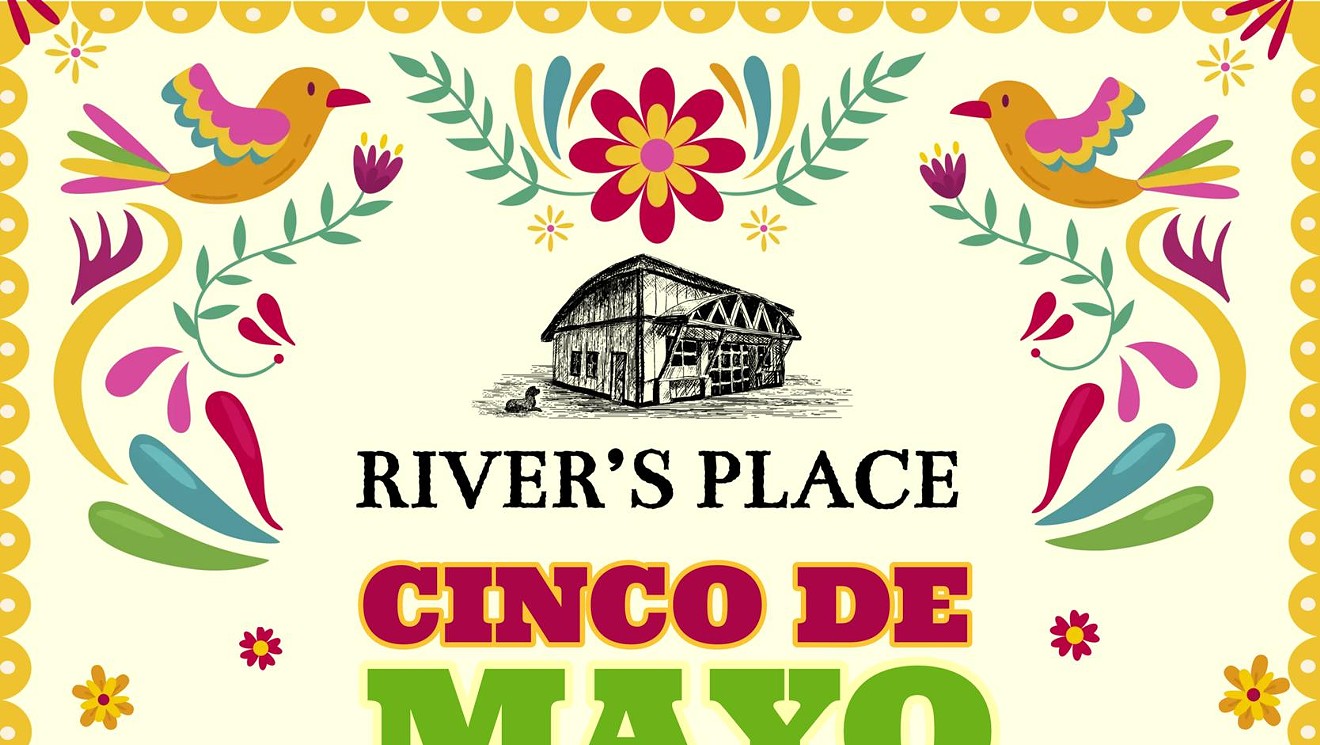Needs a friend. Back in the early '50's, not long after I rolled into Central Oregon on my old Harley, I was going to set the world afire either as a high-powered timber faller, chainsaw salesman, mechanic or naturalist. While I was trying to make all or any of that happen I got to know many good people who made their living cutting trees, among them, Leo Bishop of Bend.
Leo was a gracious gentleman, wonderful family man, Boy Scout leader, and a scaler for Brooks Scanlon - the biggest saw mill and lumber outfit left in Bend after Shevlin-Hixon shut down.
He walked many miles examining the timber sale to make sure each two-man team of fallers were granted an equal amount of trees to cut. And while he was doing that he also got a rough estimate of how much raw timber would eventually arrive at the mill to make dimension lumber.
One late afternoon, Leo came by my little saw shop in Bend, located near where Hollywood Video is today, to drop off some saws to be fixed. As he placed them on the shop floor he said, "Hey, Jim, I thought you'd like to know I found a big old Shasta Red Fir today on Davis Mountain with an active bald eagle nest in it."
He then went on to say, "Unfortunately, the tree was marked to be cut, but I saved it." He told the two fallers who had the "strip" on that part of the sale about the eagle tree, and after getting permission from the USFS for the fallers to harvest another tree of the same size close by, the eagle tree was saved.
The bottom line is that over 50 years ago Leo Bishop saved an American Bald Eagle's nest that is still producing eagles today. One man can make a difference.
When it comes to saving bald eagles statewide, there isn't anyone I know who has done more to further that goal than Frank Isaacs. In the early '70's Frank went to work with the Cooperative Wildlife Research Unit at OSU and began the Oregon Bald Eagle Recovery Plan.
He quickly set the stage for eagle habitat conservation that spread throughout the various government agencies and private timber companies of the Northwest. He also started the Oregon Eagle Foundation and established a network of dedicated nest-watching Volunteers equal to none.
One of the vital components of managing bald eagle nesting habitat that Frank identified is the "no activity zone" of 1/4 of a mile around the nest tree. Weyerhaeuser, one of the largest timber outfits in the US, soon followed that dictate, thanks in part to their Klamath Falls area biologist, Bob Anderson (no kin).
Frank started the ball rolling and Bob picked it up. Because of their efforts, several private timber companies followed suit. There were only about 100 active bald eagles in Oregon when Frank got started; today there are over 500 and the bald eagle has been de-listed -thanks to the efforts of two dedicated men and hundreds of Volunteers.
Jay Bowerman - who took over as Naturalist at Sunriver when I left in the '70's - started a "Toad Patrol" several years ago, in an effort to reduce the mortality of toads crushed by vehicles on the roads in Sunriver. Thanks to Jay's efforts, each year more and more volunteers pitched in and helped to build drift fences to keep toads away from the busy roads. Then Jay and his volunteer crew transport the toads to Lake Aspen where they can mate and lay eggs.
Despite the volunteers' gallant efforts, however, one year there was no evidence of successful breeding in Lake Aspen. Newly created Lake Penhollow (Sunriver utilities' 18-acre wastewater reservoir just east of Sunriver) on the other hand, attracted at least twenty pairs of toads that successfully laid eggs.
Then, without warning, potential disaster struck - the water level in Lake Penhollow began falling rapidly, threatening to leave the toad eggs high-and-dry.
Two volunteers pitched right in and spent a morning carefully washing approximately 5,000 threatened eggs out of the rocks next to the muddy shoreline, and transported them to Lake Aspen, where they developed naturally and produced toadlets that emerged in late summer.
But the larger mass of eggs at Lake Penhollow were doomed. Then one man saved the day - the sewage plant supervisor, Terry Penhollow, made a choice. "Shucks, Jay," he said, when asked what might be done to halt the drop in the reservoir. "I don't have to pull water from the lake, I'll just take it from one of the wells until the eggs hatch and the little toads are on their way."
After five sunny days with the pumps idle, tens of thousands of tiny black tadpoles cruised the shoreline, feeding on the abundant green algae, and if all goes well, will leave as toadlets by late summer.
I once had a county extension agent tell me that one western toad in my kitchen garden could do $5 worth of good by gobbling up the animals that eat what I wanted to eat. In the Big Picture of Nature, toads, eagles - and one person's actions - are worth their weight in gold, and then some...






















